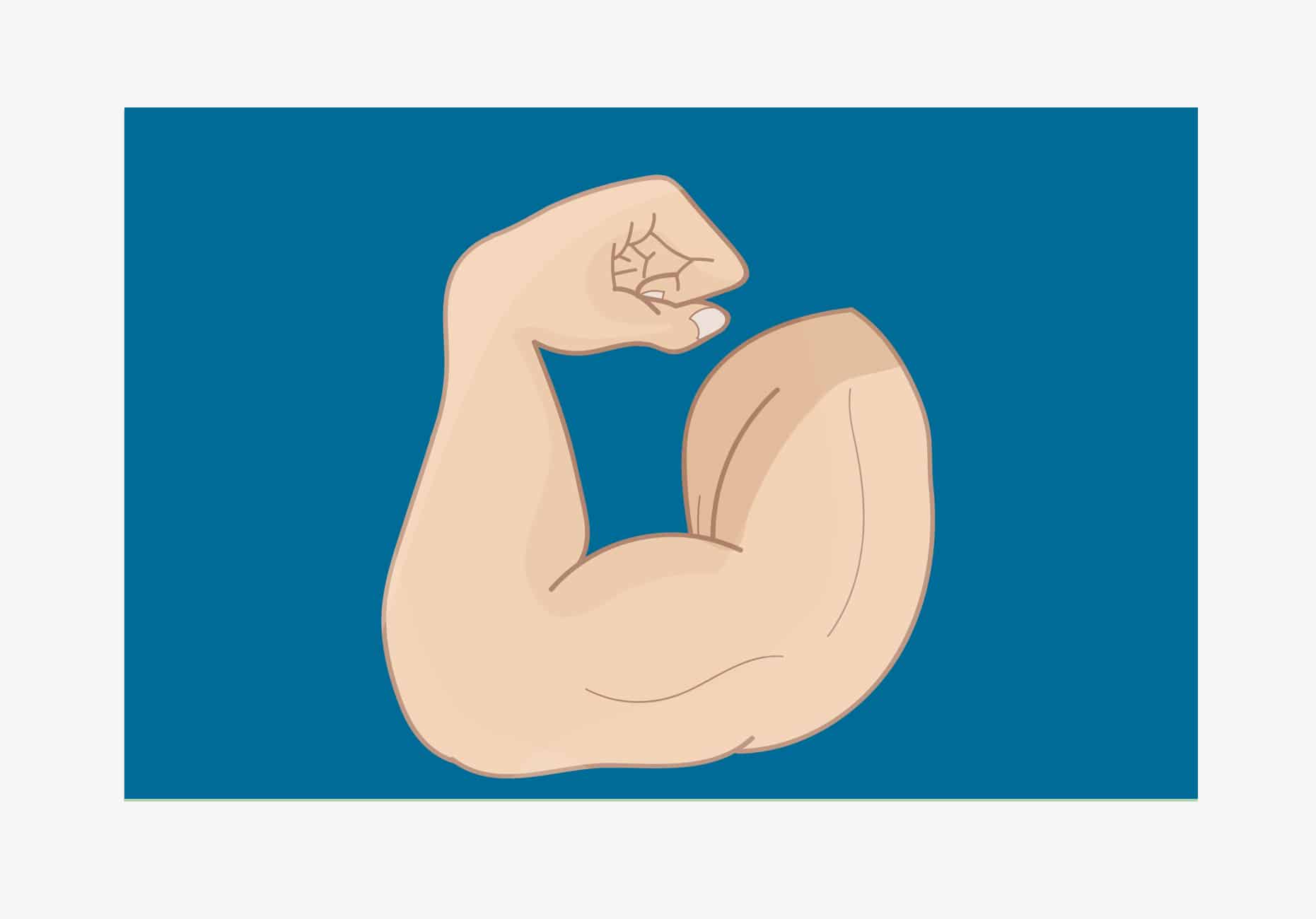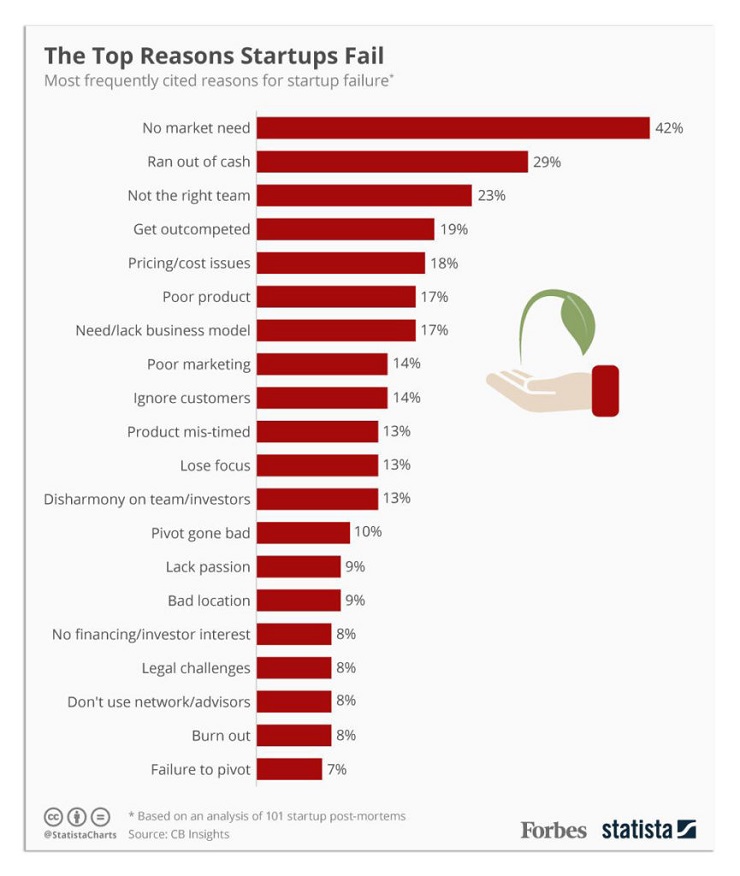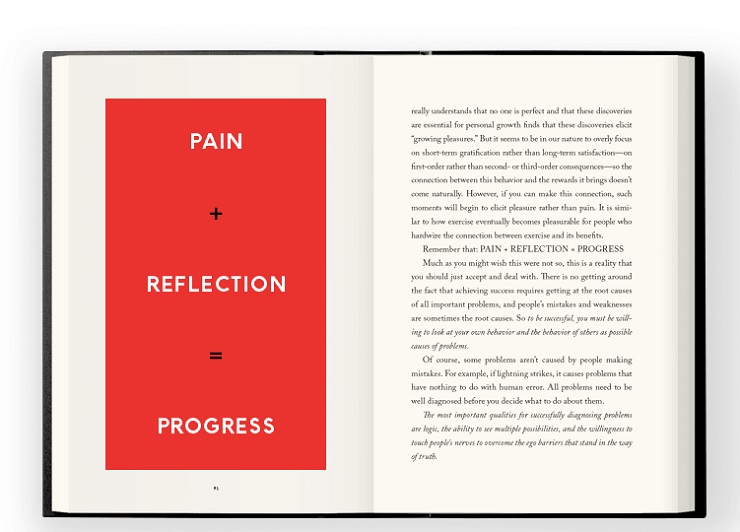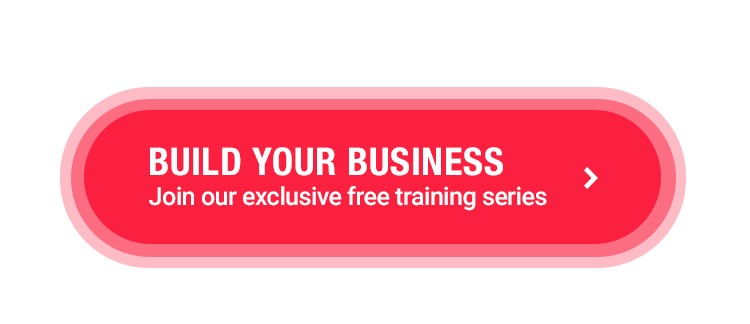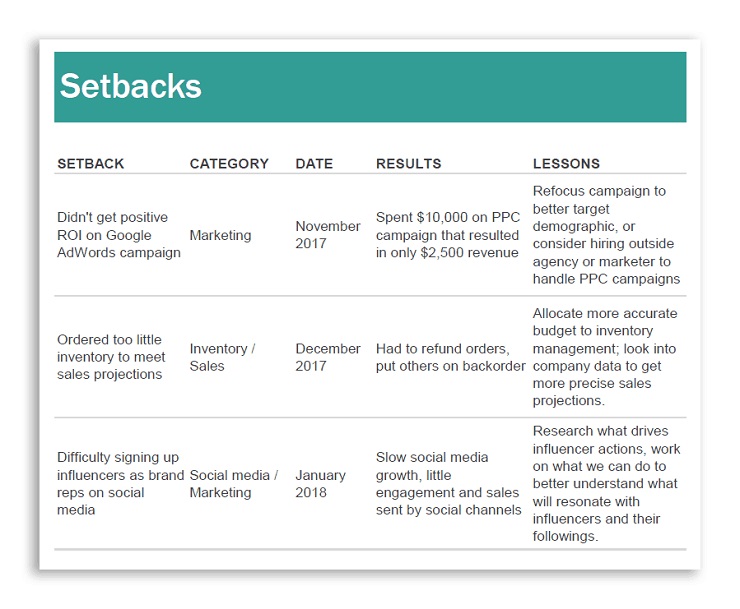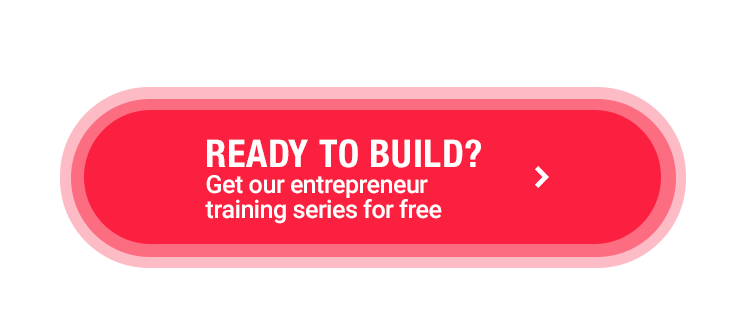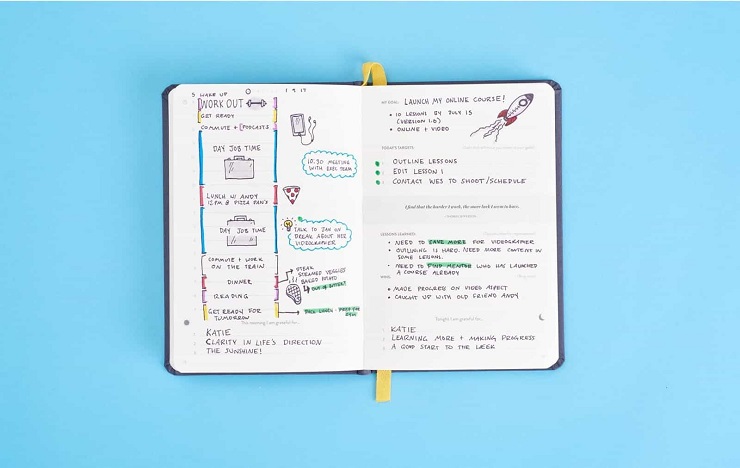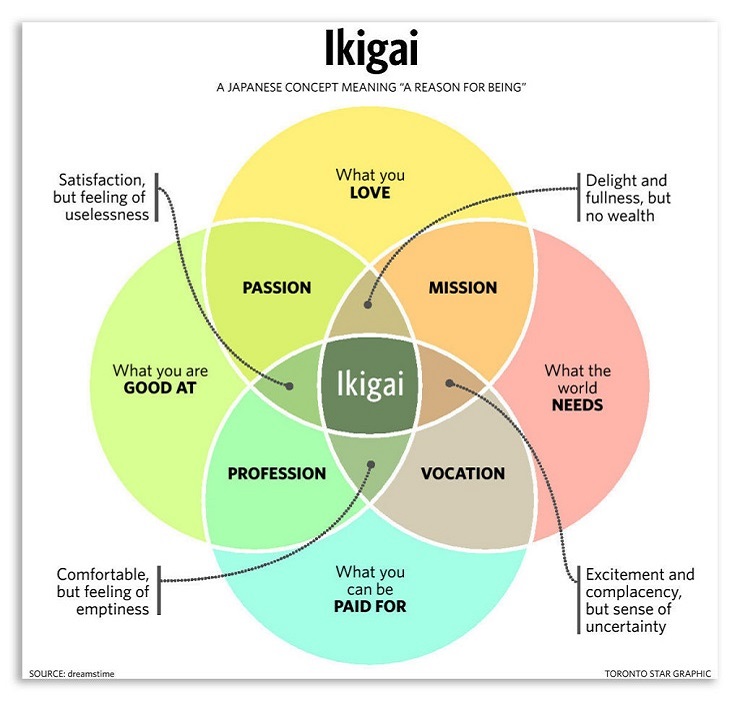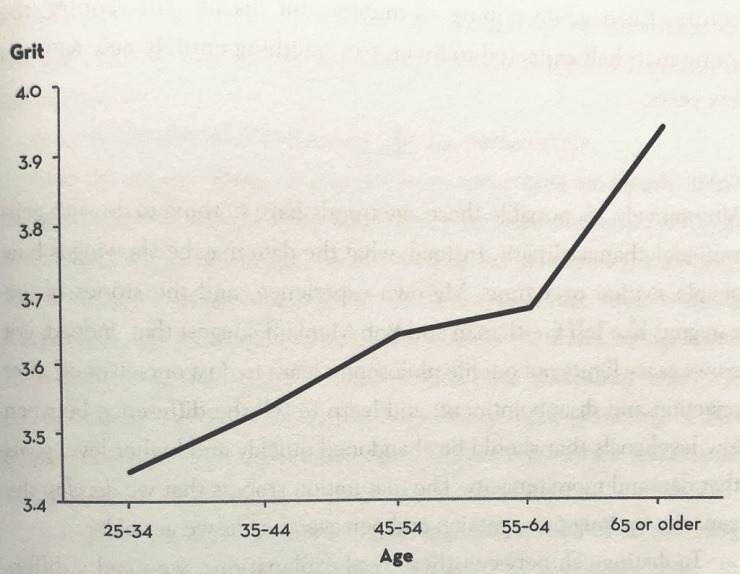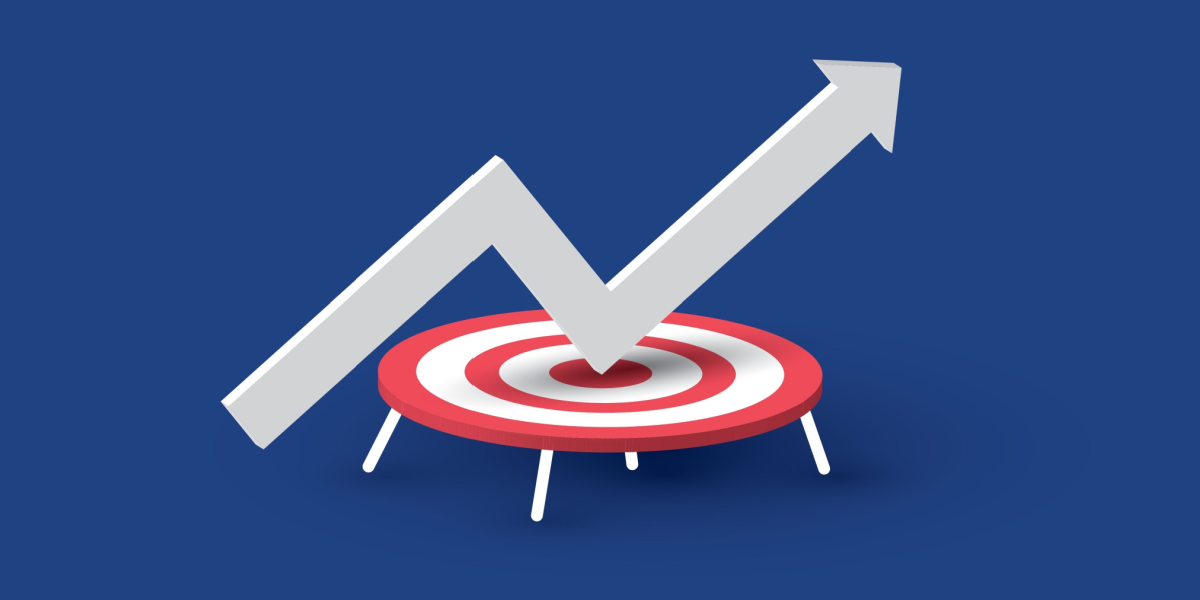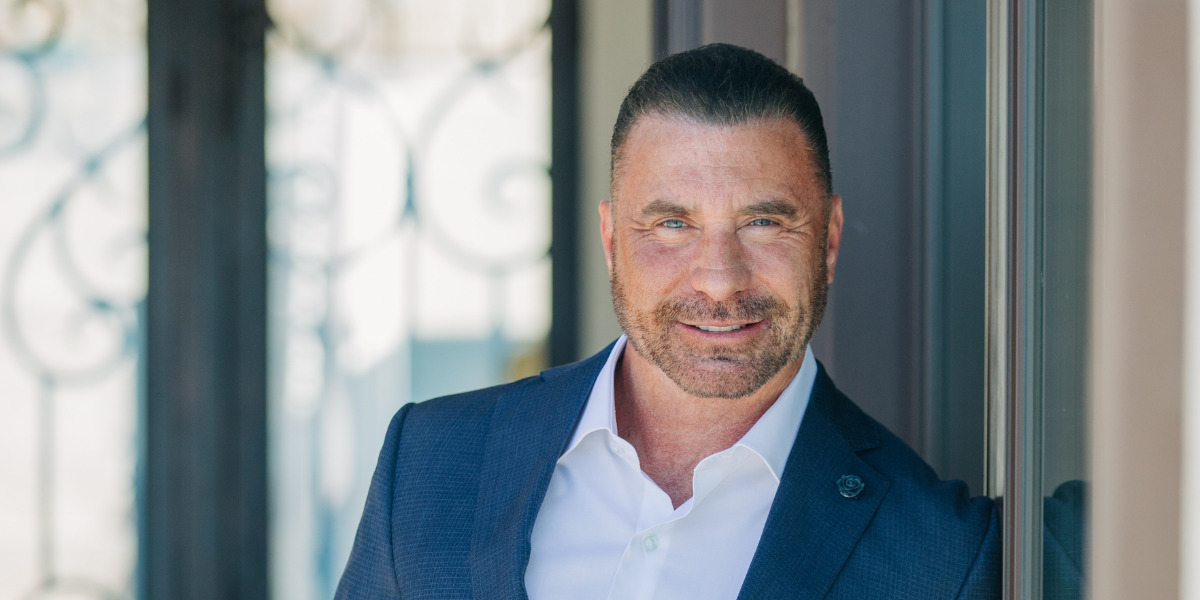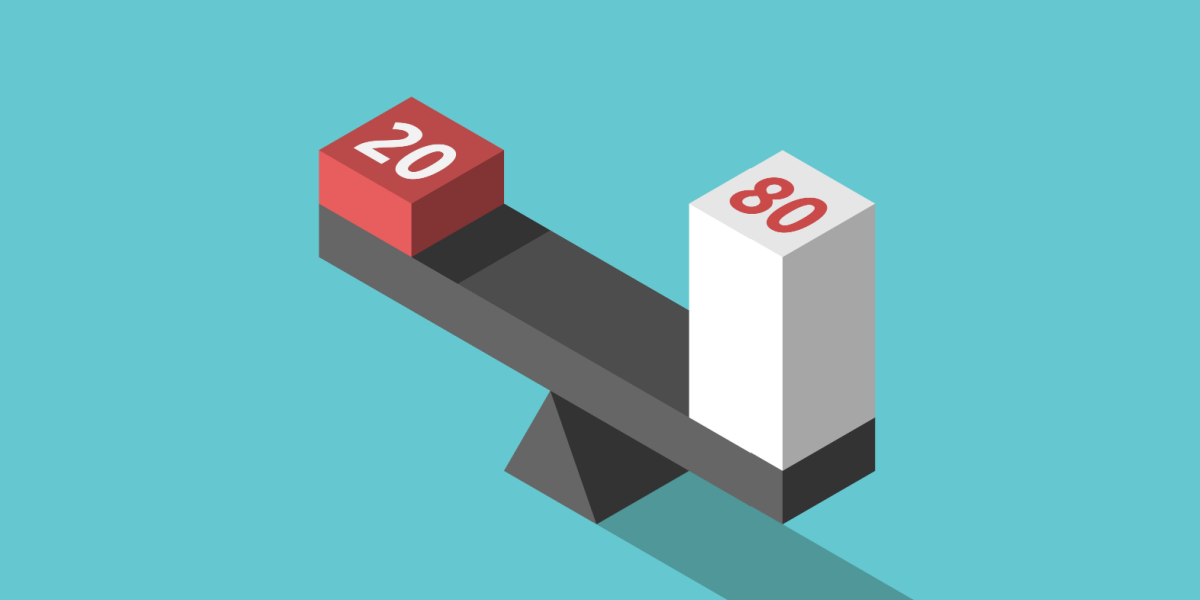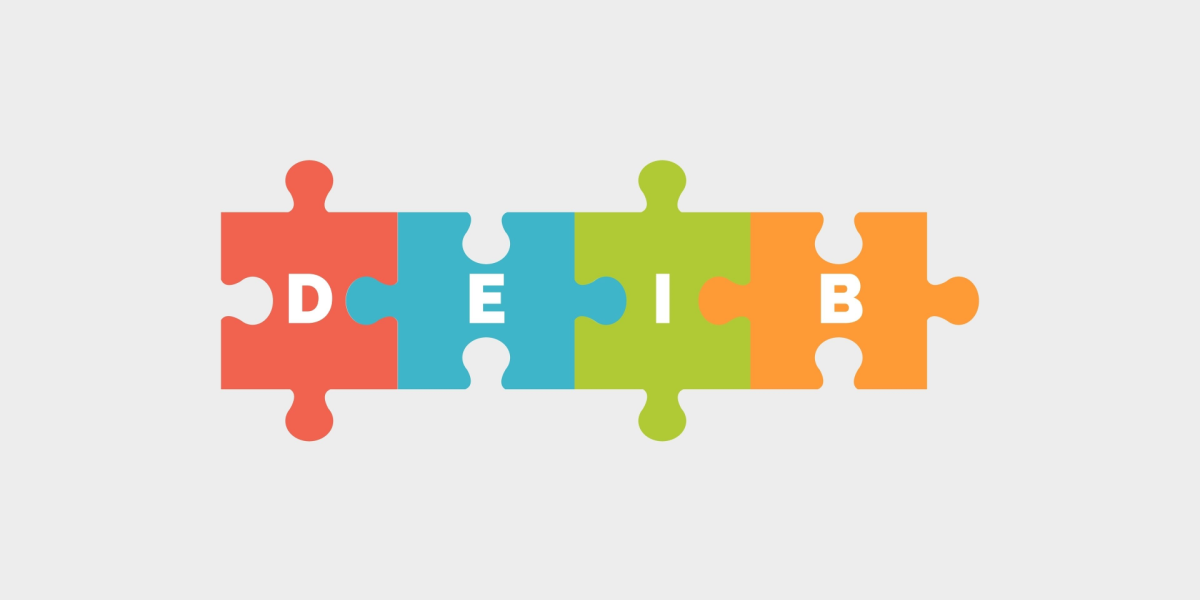Starting a business is a lot like running an obstacle course. It’s a never-ending path of setbacks, challenges, and potential roadblocks from start to finish. The struggle may be inevitable, but the way you frame your setbacks is completely up to you, and may be the very thing that helps you succeed.
It’s human nature to avoid pain and seek pleasure, but entrepreneurs are a different breed. They take risks where others play it safe. They see problems and answers where others see the status quo. They fend off comfort zones in the name of progress, even when it means potential failure.
But the path isn’t easy, and the survival rate for startups is bleak. Talent, knowledge, skills, and experience may be building blocks of success, but often it’s the mental tools that get entrepreneurs through the journey intact.
One of those tools is resilience.
The American Psychological Association defines resilience as, “the process of adapting well in the face of adversity,” and it’s particularly valuable quality for those looking to start or grow a business.
For entrepreneurs, resilience is about rethinking the way you see setbacks, and viewing them as catalysts of growth and progress rather than threats to be avoided. Because the truth is, the times you grow—as a person, as an entrepreneur—are the times when you’re faced with extremely difficult problems and decisions.
Having this ability is crucial if you want your business and your career as an entrepreneur to grow and last. Like any shift in thinking, it doesn’t happen overnight, but there are practical steps you can take immediately to build resilience and become better equipped to handle setbacks as you start and grow your business.
Setbacks are unavoidable, and they’re not pleasant, but they also have the potential to be your engine of personal growth.
What Does It Mean To Build Resilience?
Startups today face all sorts of challenges that relate to market, audience, hiring, product, capital, and customer service. There’s no shortage of setbacks you could run into.
With all these potential roadblocks in your way, how do you build resilience? And what does that really mean?
Building resilience means rethinking what appears to be a negative event—a failed business, a lackluster product launch, an app that no one downloads—and realizing that it’s actually a seed for future growth and success.
The resilient entrepreneur looks past short-term setbacks and focuses on long-term mission. The rigid, unadaptable entrepreneur gets caught up in temporary problems; they can’t see the forest for the trees, so it’s easier to quit or get distracted, to work on something else rather than to face the blunt facts of their situation.
The difference between success and failure often comes down to who’s willing to stick it out in the smartest way, and that’s not necessarily related to talent, skill or education.
That’s resilience.
The truth is that those with resilience often have an easier time facing challenges, simply because they’ll be less likely to give up as quickly. They’ll be steadfast. Resolute. Facing obstacles head on can translate to finding solutions more quickly, because you’re not avoiding or ignoring the unpleasant facts before you.
“I have found it helpful to think of my life as if it were a game in which each problem I face is a puzzle I need to solve,” writes Ray Dalio in his book Principles. “By solving the puzzle, I get a gem in the form of a principle that helps me avoid the same sort of problem in the future.”
Seeing your setbacks as vehicles of growth makes you better equipped to deal with them, and forces you to actually seek out challenges, because you know that they’ll ultimately propel you forward. Here’s how to shift to a resilient mindset.
1. Make Setbacks a KPI
The old adage says that you can’t improve what you don’t track, and the same holds true with business challenges. Obstacles may not seem as cut and dry as revenue, margins, and market share, but it’s just as important to measure and review your setbacks as it is any of the traditionally measured KPIs of a business.
When you make setbacks a key metric for your business, you’ll have a clearer understanding of the problems you’re facing. That, in turn, makes it easier to find, review, and choose potential solutions. If your setbacks seem vague and hard to pinpoint, potential solutions may feel that way as well.
How to do it: Make a spreadsheet, document, project or checklist to keep a running list of your obstacles, setbacks, challenges and mistakes. Periodically review and analyze them to find threads of similarities. Are you constantly facing inventory issues? Is the technology you’re using not up to par?
Your setback log should include:
- Basic information about the obstacle
- What part of your business it’s related to (product, sales, etc.)
- The consequences of the obstacle (ran out of capital, ineffective sales team)
- The small, specific lesson you learned from the setback
- The larger, big-picture lesson you can apply to other aspects of the business
It’s important for entrepreneurs to know their numbers, but it’s also critical to know and understand the less quantifiable aspects of your business, and this is a great place to start.
There’s no shortage of examples that prove how valuable reflection can be. At night, Roman philosopher Seneca would review his day, asking what he could have improved, because although most people focus on the future, he believed “our plans for the future descend from the past.”
Hospitals have committees to review mistakes. Quarterbacks watch hours of game film to find errors and ways to improve. Entrepreneurs should be no different, and in fact, the limited resources startups have often means less room for error, making the review process even more important.
In her book Option B: Facing Adversity, Building Resilience, and Finding Joy, Sheryl Sandberg describes a visit to a Marine Corps Base in Virginia, where they routinely use past performance to improve future behavior.
“I was surprised that after every mission – and even after every training session – the Marines do formal debriefs. Then they record the lessons learned in a repository so that everyone can access them.”
A repository like this can be invaluable for your business and growth, and the best time to start it is now. Review your setbacks, understand them, and extract their lessons so that you can apply your insight and resilience to the next set of hurdles.
2. Build Your Day Around Solving Meaningful Problems
Making decisions is taxing and the willpower needed to make choices is limited. This is why Mark Zuckerberg wears the same outfit every day, and why a neuroscientist always picks the second item on the menu when he goes to restaurants.
You can build resilience by reducing the decisions you have to make in a day, focusing on the choices that matter most. If resilience is largely about being honest and realistic about your setbacks, then avoiding trivial decisions in favor of choices that will actually move you forward is key.
How to do it: Organize your day—tasks, to-do lists, projects—around the things that have the potential to make the most impact. Avoid non-essential busywork in favor of actions that will actually move you closer to where you want to be.
This begins with having a laser-focus on what’s important, from the big picture right down to your daily tasks. If you’re facing multiple setbacks, challenges, or obstacles, choose one thing to work on and give it your undivided attention.
“Although multitasking seems like a great idea that will help you do more things at once, multitasking can actually limit your productivity and the quality of work you do,” writes entrepreneur Murray Newlands. “The most productive people put all of their time and energy into one task, usually the one item on their to-do list that will propel them forward into the most success.”
Blogger and author Leo Babauta organizes his day around his MITs, or Most Important Tasks. He chooses three MITs in order to focus his energy, but concedes that he often gets far more done. It’s focused attention that helps drive his productivity each day, and that momentum makes it easier to accomplish more than his three baseline MITs.
To help you stay organized and focused on what’s important, consider creating a morning ritual that helps get your day off to a consistent start. Your morning ritual often has less to do with productivity and more to do with setting a committed schedule that gets you in the right frame of mind each day.
Morning routines are as unique as fingerprints, so experiment to find a morning flow that works for you. For inspiration, check out My Morning Routine, which publishes the daily rituals of more than 260 entrepreneurs, bloggers, CEOs, and other professionals. You can also read Hal Elrod’s The Miracle Morning, one of the bestselling books on morning routines ever published.
Finally, one of the best ways to build your day around solving problems and avoiding nonessential tasks is to automate your work. Consider using a service like IFTTT to automate daily to-dos, such as sending text messages, tracking your work hours, backing up photos and organizing meetings and reminders. You can also use Zapier to integrate more than 1,000 apps that don’t otherwise work together.
Making each day productive is an important part of building resilience, and you can do it by recognizing what’s most important and putting your resources where they’re most effective.
3. Remember Your Mission
Long before Simon Sinek urged today’s leaders to “find their why,” philosopher Friedrich Nietzsche claimed that anyone “who has a why to live can bear with almost any how,” a sentiment Viktor Frankl would later mirror in his book Man’s Search for Meaning.
It may sound cliché, but it’s true. Focusing on your purpose is an effective way to deal with the hard times in life and maintain perspective. If resilience is about constantly adapting to change, then it helps to know that one thing will stay constant: your mission and meaning in the world.
When they happen, setbacks can seem like the only things that matter. They appear permanent and all-encompassing, when the reality is that the majority of everyday setbacks are temporary and fixable. Building resilience requires making a shift in mindset, realizing that setbacks aren’t here to stay, and that they’re often small compared to the overarching purpose of your business.
How to do it: Make it a daily habit to think of the people you’re on a mission to help and the problems you’re working to solve. Understand that to solve problems and help people requires going through all sorts of obstacles, especially if you’re working on something that’s never been done before. You’re in unfamiliar territory, and that means facing challenges that may not be foreseeable until you get there.
Remembering your mission might not be something you can do with a spreadsheet, but you can build in moments of awareness and perspective into your day that help you stay focused on the bigger picture. Products like the SELF Journal, something I use daily, help you concentrate on your mission by including a long-term goal reminder with each daily to-do list.
This allows you to align your daily tasks with your big-picture goals so that you can see the forest and the trees and not get stuck on the temporary nature of setbacks. Apps like Momentum, Omnifocus, Hours and FocusList can help with this, or consider the Panda Planner, Ink + Volt Planner or Productivity Planner for a more low-fi approach.
The Japanese island of Okinawa has the most centenarians in the world, and many believe this is due to the island’s sense of community, as well as the concept of ikigai, or one’s reason for living.
A Japanese proverb says that only by staying active can you live to 100 years. So too with your entrepreneurial ambitions: You must know your reason for being. Not as an abstract idea included in a pitch deck or business plan, but as the anchor that drives your day-to-day progress.
You can build resilience when you continually remind yourself that your challenges are small and worthy of your purpose, and that the bigger your mission, the more obstacles you’re likely to meet. So enjoy the road ahead and focus on the impact you’re going to make rather than the roadblocks along the way.
4. Know When to Quit
It may seem like a paradox, but sometimes resilience means knowing when to pack up your things and fold.
There are all sorts of reasons we become irrationally attached to our efforts, including the sunk cost fallacy, which makes us think because we have a lot invested in something, we have to keep it going.
In reality, if you’re committed to adapting and growing, sometimes the best thing you can do is admit that you’re on the wrong path and take the lesson learned to your next endeavor.
Seth Godin’s book The Dip describes the arduous path between “starting and mastery,” that plateau of effort and work that seems more like a treadmill than progress. It’s a place where most people quit, but for those who persist, the other side represents being the best at what you do.
His advice is to find The Dips that matter most and quit the ones that are dead ends. These are the efforts that aren’t going anywhere and aren’t likely to change in the future. They’re not sources of growth, and they hold you back because you’re wasting resources that could be used more effectively elsewhere.
When you’re smart about quitting the things that don’t work, you have more time, capital, and resources for the things that are working. On a small scale, this might mean ending a social media campaign that doesn’t convert, or axing your email list because it doesn’t attract the right type of prospect.
At a higher level, it could mean completely moving on to a new startup or company because your current endeavor is flawed.
“Never give up is bad advice,” says author Adam Grant. “Sometimes quitting is a virtue. Grit doesn’t mean ‘keep doing the thing that’s failing.’ It means ‘define your dreams broadly enough that you can find new ways to pursue them when your first and second plans fail.’”
Grant offers a perfect example: If you’ve spent any amount of time watching Shark Tank, you know that the world is rife with bad ideas (though that doesn’t stop them from sometimes getting funded). In many cases, smart, industrious entrepreneurs simply need to move to the next idea, and apply the lessons they learned toward future startups.
The hard part? Figuring out what to quit and what to double down on. Entrepreneur Derek Sivers says your “best plan is the one that lets you change your plans,” while others advise you to burn your boats and focus on one thing. This is the difficult part of knowing when to quit, but the important part is that you’re open to smart quitting rather than fearing the stigma associated with it.
How to do it: Remember that resilience is a form of wisdom, and sticking with something simply because you’re afraid of going against the never-give-up grain isn’t always helpful. Be open to selectively quitting the things that aren’t working, and realize that quitting doesn’t mean failure.
Cut your losses where you can, avoid getting irrationally attached to things that don’t work and rethink what quitting means to your personal path. You can change your strategies and pathways without abandoning your purpose, so embrace flexibility and a willingness to ditch what isn’t effective.
5. Tap Into Your Reserves
Dealing with setbacks can be taxing—mentally, physically, financially, and otherwise—but you’d be surprised by how much resilience you’ve already built up from years of work and life experience.
Retired Navy SEAL and endurance athlete David Goggins lives by the 40% rule, which says, “when your mind is telling you you’re done, you’re really only 40 percent done.”

The 40% rule helps you tap into a reserve tank of resourcefulness that many people simply don’t use because they don’t have the right mindset. But for those looking to build resilience, it’s necessary to go to the next level of mental endurance.
How to do it: When you’re feeling tapped out, keep in mind that you still have plenty left in the tank. The journey of the entrepreneur can be extremely difficult, so keep in mind that it takes incredible perseverance to stick with it.
When you feel like you’re done, take time to reflect on what you’ve accomplished. Consider that when you feel overwhelmed or unable to move forward, you’re more than capable of finding a solution and breaking past your current barriers.
Remind yourself that what appears to be your breaking point could very well be your 40% mark. If that’s the case, ask yourself: What can I do to keep going? What does my 60% look like? What about 80%?
This is an excellent way to visualize your worst-case scenarios, the breaking points that you hope you’ll never have to reach. But they can also show you that your current situation may not be as bad as you think. You have the capacity to keep going, but it requires higher-level thinking that’s difficult to cultivate without really pushing yourself.
So how does tapping into your reserves help build resilience? You’ll become more comfortable with pain and discomfort. Most people go to great lengths to avoid pain, but by embracing pain and discomfort, you’ll find that it’s easier to push past mental boundaries that you’ve often set for yourself.
Mark Manson, author of The Subtle Art of Not Giving a Fuck, finds it useful to consider that all your potential paths will be painful, so it’s up to you to decide what pain you want to take on. Rather than asking what you want out of life, he recommends asking what kind of pain you’re willing to accept in your life.
“What are you willing to struggle for? Because that seems to be a greater determinant of how our lives turn out,” Manson says.
When you accept that it’ll be a painful road ahead, but that the pain is worthy of your purpose, you’ll find it easier to tap into your reserve tank and show resilience where others stop at 40%.
Are You Building Resilience?
“The good news is that resilience isn’t a fixed personality trait; we’re not born with a set amount of it,” writes Sheryl Sandberg in the New York Times.
The bad news? Building resilience takes time. It won’t be done in a week, month, or year. In fact, you may spend your whole life cultivating resilience and always have room to grow. In her research on grit, Angela Duckworth found that grittiness increased over time, which makes sense if you consider that dealing with life’s experiences is often the best way to build resilience.
Source: Grit: The Power of Passion and Perseverance
By taking honest inventory of your setbacks, focusing your day on solving essential problems, and keeping your mission in mind, you may find in yourself a tenacious persistence that you didn’t know existed.
Resilience isn’t limited to some superhuman leaders who are born different than you. Resilient entrepreneurs are everyday people who extract the most value from their struggles on the path to success.
Do you have any tried-and-true strategies for developing resilience? Let us know in the comments below!
